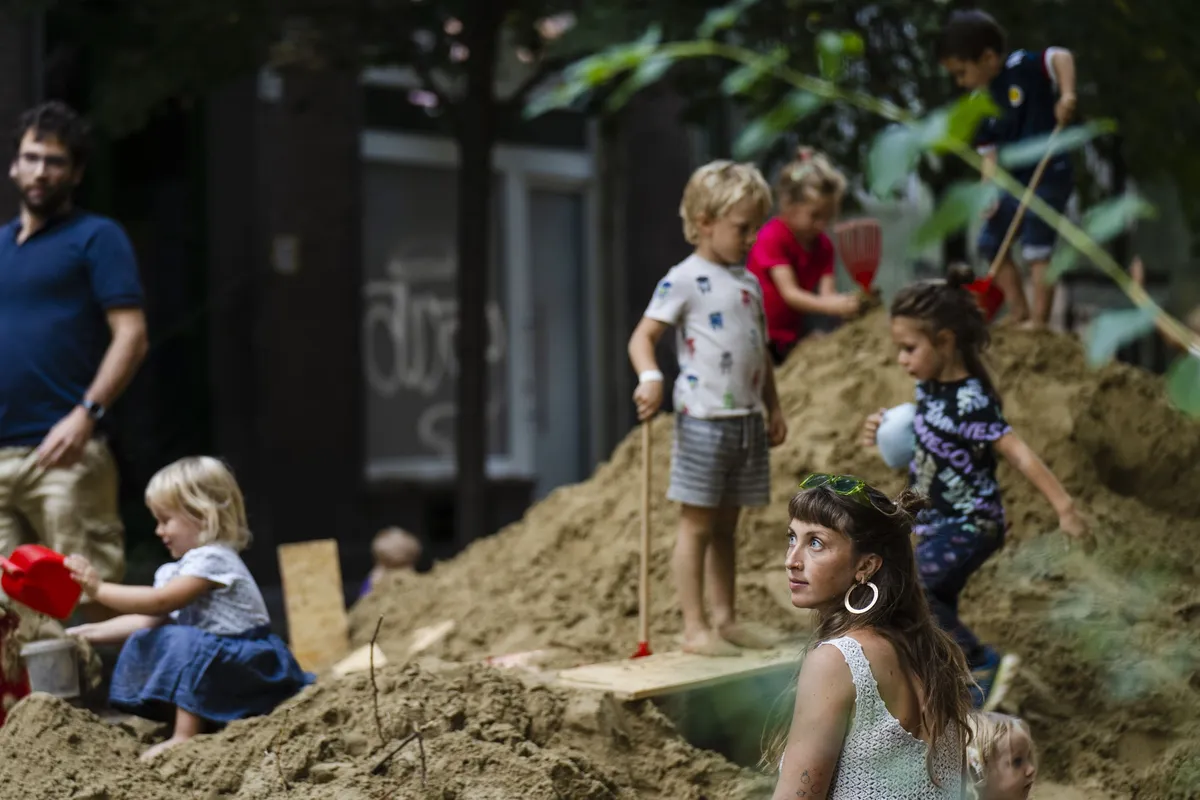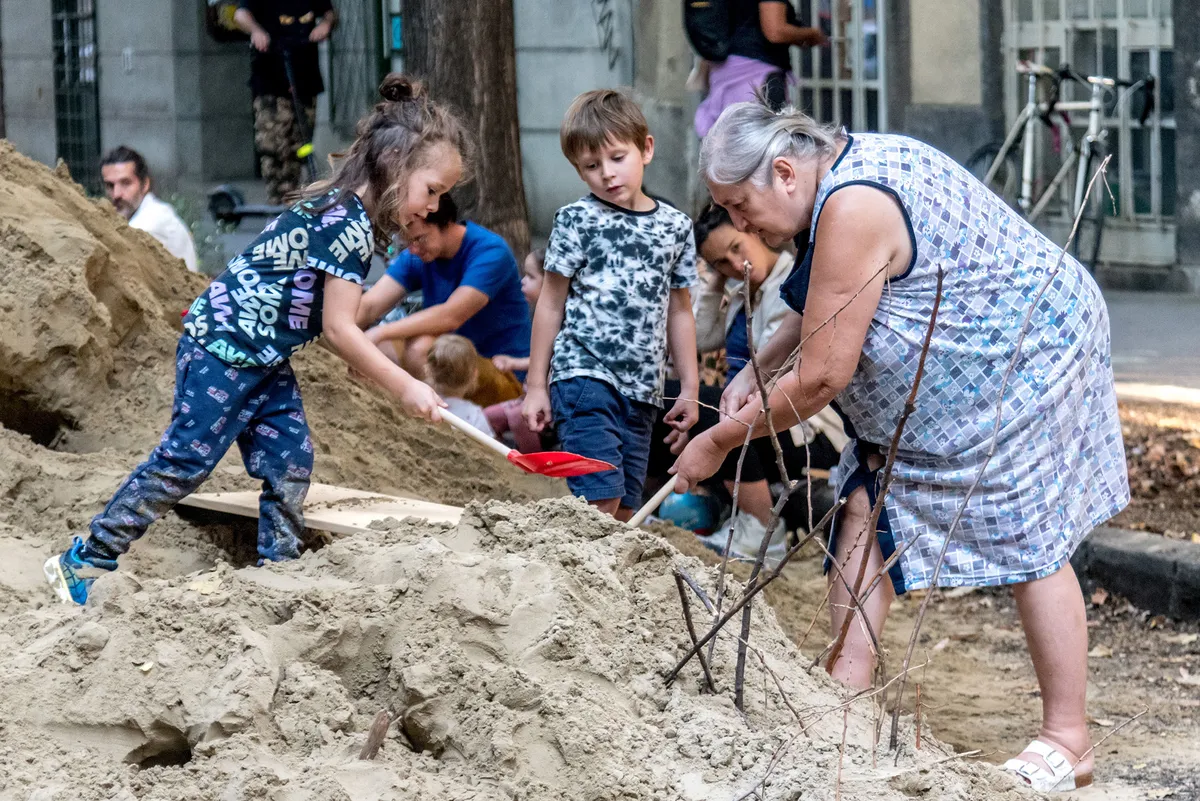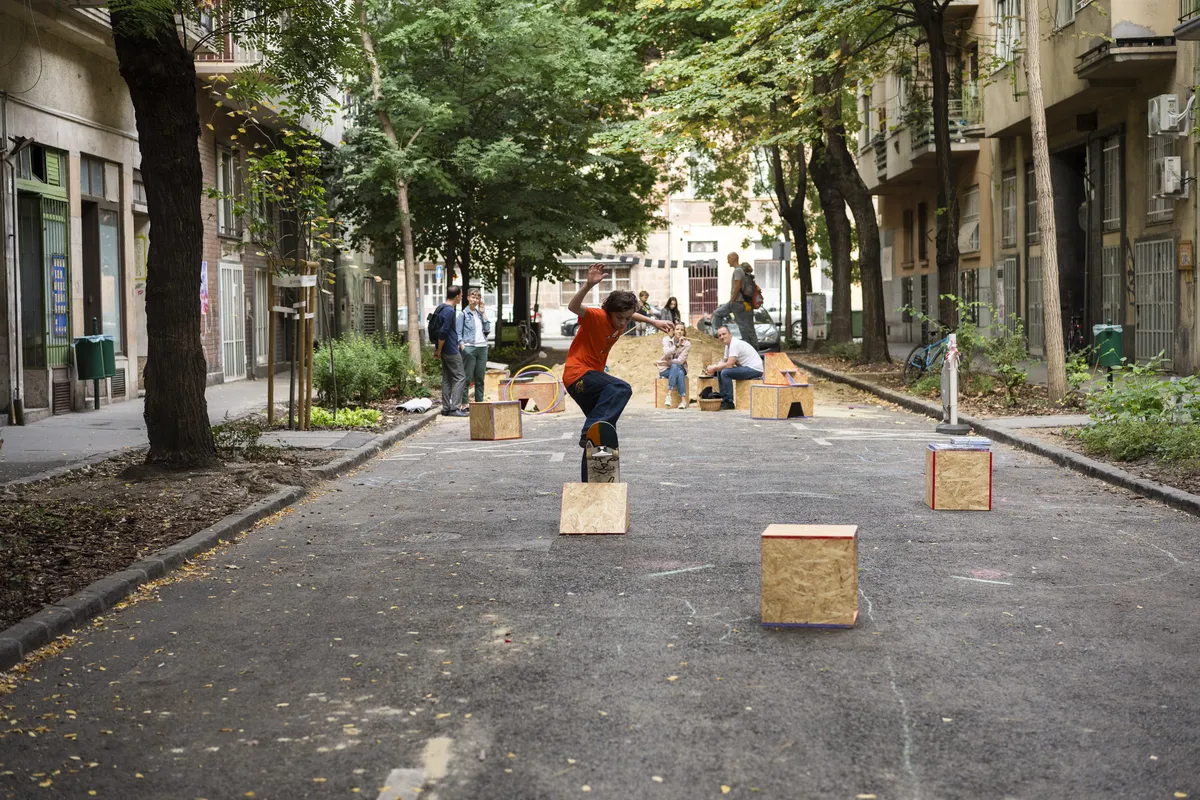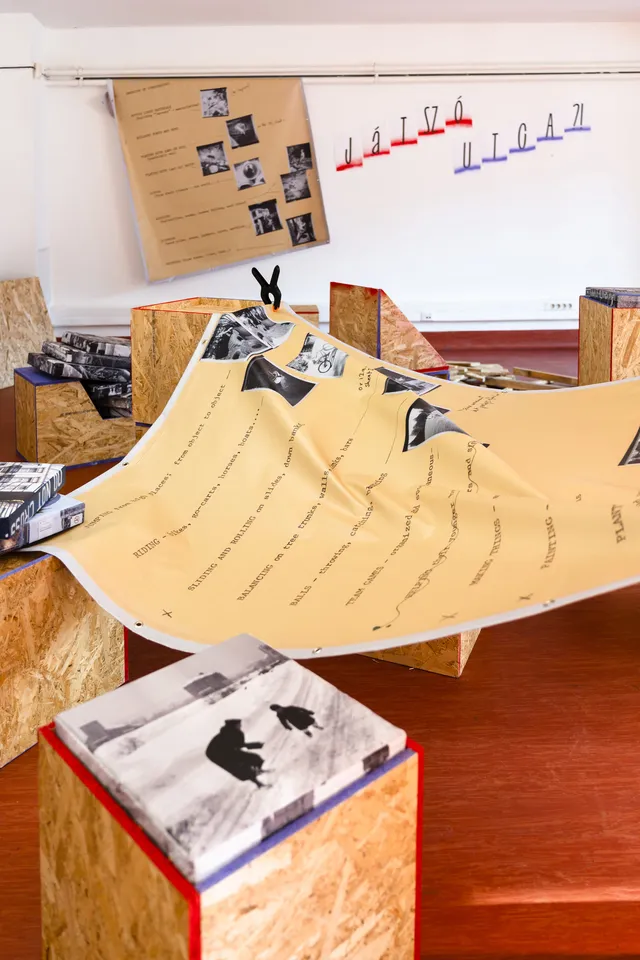
1/10

2/10

3/10

4/10

5/10

6/10

7/10

8/10

9/10

10/10
Public Space
Temporary Installations
S
Selected
12
votes of the public12
votes of the public
Author(s) / Team representatives
Virág Bogyó, Flóra Madácsi
Profession
artist / landscape architect
External collaborators
Alíz Bárczy, Építész Szakkollégium, Fablab Budapest
Project location
Budapest, Hungary
Budget in euros
5000
Area
400
Project start date
November 2022
Construction completion date
September 2023
Photo credits
Benedek Bognár, Ivola Bazánth, Zsuzsanna Simon,



